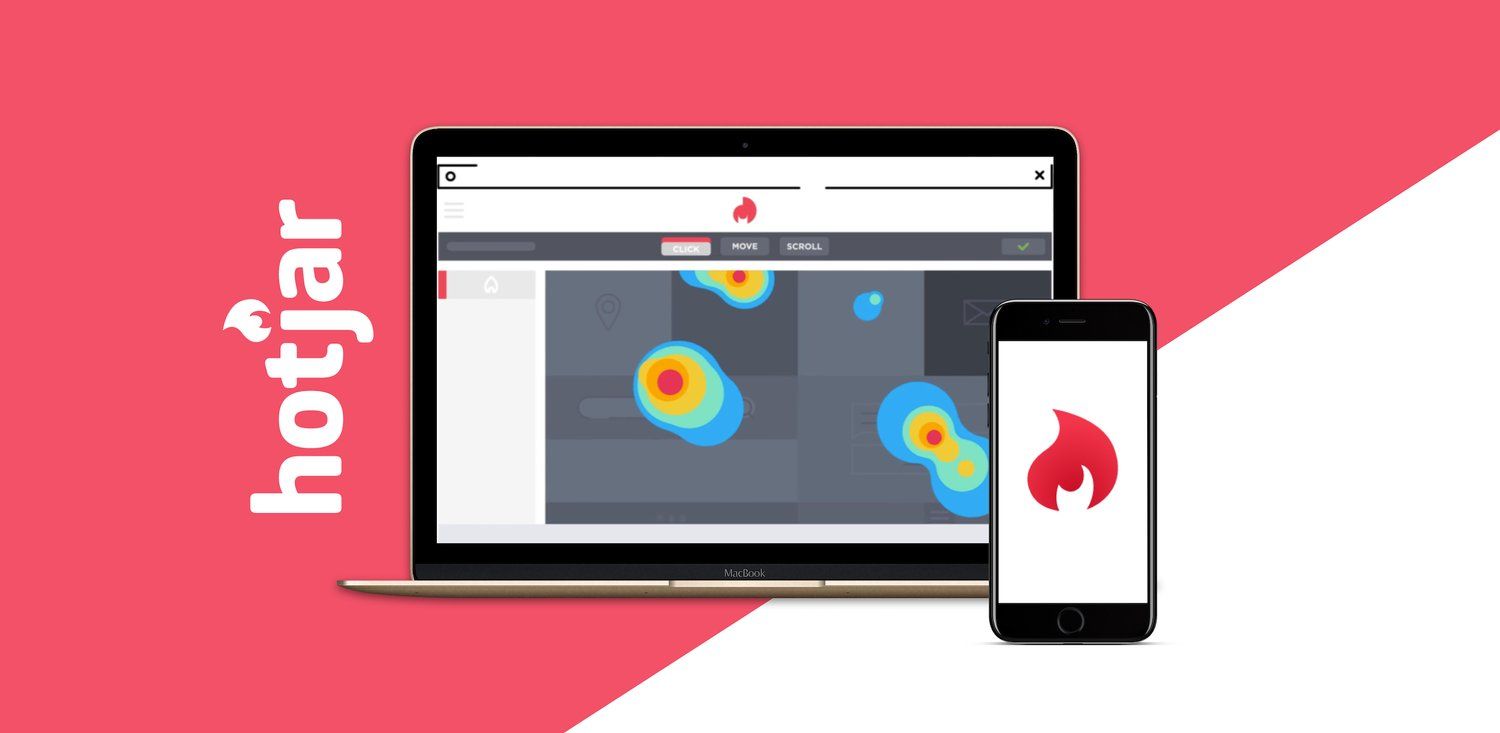When you're thinking of improving customer experience, you need to use some additional tools that let you make correct decisions and determine weaknesses. Today, on the Short.cm blog, we'll walk you through five essential instruments to help you empower your customer experience.
5 Tools for Improving Customer Experience
Before diving into the topic, read the article about what customer experience is. That will let you get the most out of the helpful instruments.
Heat map, Hotjar
If you work on improving the customer journey, walk in customers' shoes to understand their needs properly. It is a heat map that comes in handy when talking about detecting users' actions. The heat map lets you track the spots your customers click on more often and the percentage of people who scroll down to any point on the page. Here's an example of a heat map.

The application for creating heat maps is Hotjar. There are some types of heat maps used for tracking behavior. However, the bonus tip is recording videos. Hotjar records visitor sessions to help you understand how visitors are interacting with your website. That helps you determine the weaknesses and implement new solutions.

Source: Hotjar
Chat support, Zendesk
Chat support is a must-have tool for any website. Why? Because it's beneficial and useful for customers. Email support is considered to take much time to receive an answer, while when asking a question on chat support, users are supposed to get help in a matter of seconds. Besides, if a user faces an obstacle at the moment of using a service, chat support is a convenient tool for an emergency.

Customers will appreciate the willingness to help them in an urgent situation. That will reflect on positive feedback and customer experience.
Zendesk is a service that provides an easy-to-implement chat bubble and easy-to-use chat support for customers. We, on Short.cm, use Zendesk for chat, email, and FAQ knowledge base. Take a look at the service and test it.
Short links, Short.cm
Short branded links are essential for increasing brand trust and recognition. Branding is a powerful idea that allows you to stand out from competitors.

Customers face short links not on websites but some external sources such as social networks and emails. So, if a customer knows nothing about your brand, a short URL is the first element he/she is acquainted with. If users see a long URL that looks like spam, they will miss it and never visit your website. Short links, on the contrary, engage users to make a click and then redirect them to the website. It's where customer experience begins.
In-depth analysis, Google Analytics
Well, it's the most popular web analytical service, which is here in the article. Google Analytics helps to map the behavior of users from the very first visit.

Source: Pistn
For example, you can:
- Uncover how many times a particular short link has been clicked and conclude which content engages people most.
- Group your short links into lists, depending on the content.
- Add segments based on brand names, customer behavior, and target campaigns towards these segments.
- Analyze how your Google Ads campaigns are performing. This will enable you to measure the effectiveness of keywords and special offers.
- Investigate a detailed source of traffic. Short.cm statistics often show the "direct" source. It might be not a redirect straight from the source; it might be a specific social channel.
- Create targets to receive essential data, for example, find out the conversion rate of the site. It is almost impossible to assess the effectiveness of online business and marketing campaigns without targeted information.
- Google Analytics is easy to set up on Short.cm. It takes you 2 minutes to implement tracking ID, which brings advanced impact on statistical data in the future.
Experiments, Amplitude
Conduct experiments, for example, A/B tests. A/B testing measures the effectiveness of two variants of web pages, as well as compares their performance success. Split testing assesses how the web page performance changes, for example, after adding new design elements or calls to action. The purpose of using an A/B test is to identify and implement components that increase the page's effectiveness.
A/B Testing allows you to:
- learn how new components influence users' behavior;
- concentrate financial resources on elements that are engaging for the audience;
- improve the conversion of financial metrics (revenue).
Amplitude lets you conduct advanced experiments and analyze data separatly about each customer. See how Amplitude helps you understand your users, rapidly release better product experiences, and grow your business.

Source: Amplitude
Wrapping Up
Here are just some apps for positive customer experience. They could vary depending on your service. Start, for example, with the first one, and then conclude which apps are essential for your website.
What did you learn?
- tools for improving customer experience;
- customer experience;
- how to improve customers journey;
Read also:


